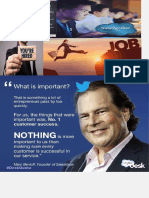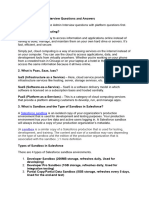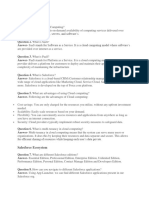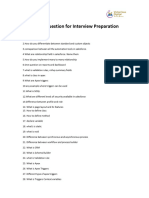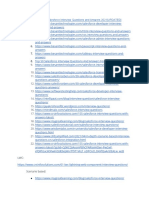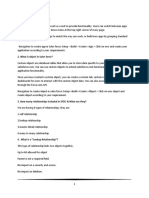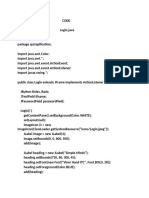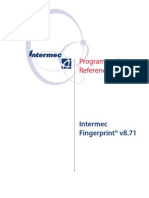0% found this document useful (0 votes)
25 views19 pagesInterview Questions
The document provides an overview of cloud computing and Salesforce basics, including definitions of PaaS, SaaS, and IaaS, as well as details about Salesforce sandboxes and object relationships. It also covers permissions, sharing rules, automation through flows and Apex, and integration patterns. Key concepts such as roles, profiles, and various types of reports and dashboards are explained, along with best practices for using Salesforce effectively.
Uploaded by
ankita sahuCopyright
© © All Rights Reserved
We take content rights seriously. If you suspect this is your content, claim it here.
Available Formats
Download as DOCX, PDF, TXT or read online on Scribd
0% found this document useful (0 votes)
25 views19 pagesInterview Questions
The document provides an overview of cloud computing and Salesforce basics, including definitions of PaaS, SaaS, and IaaS, as well as details about Salesforce sandboxes and object relationships. It also covers permissions, sharing rules, automation through flows and Apex, and integration patterns. Key concepts such as roles, profiles, and various types of reports and dashboards are explained, along with best practices for using Salesforce effectively.
Uploaded by
ankita sahuCopyright
© © All Rights Reserved
We take content rights seriously. If you suspect this is your content, claim it here.
Available Formats
Download as DOCX, PDF, TXT or read online on Scribd
/ 19


















